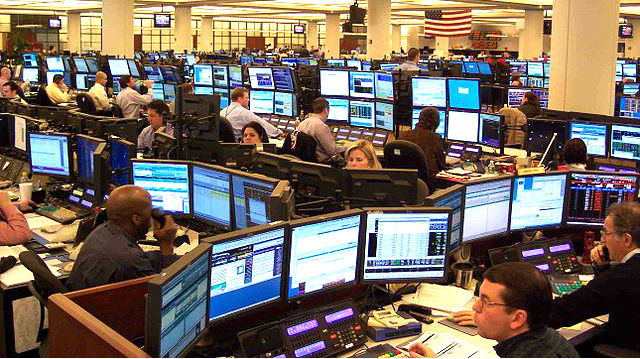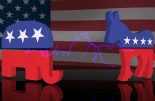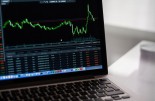Swissquote Bank: House of cards
Swissquote Bank: House of cards

By Ipek Ozkardeskaya, Senior Analyst
The strong rebound we saw in US equity futures ended up giving way to a decent sell-off on Wednesday trading session; all major US indices closed lower: the S&P500 ended the day near 1.20% lower and Nasdaq slid almost 2% and closed the session below the 16000 mark. It was the worst back-to-back sell-off we experienced since October 2020 and it may not be over.
The US equity futures are again in the positive at the time of writing, but the gains are hardly interpreted as a recovery; they are rather the result of a rising volatility. The risk sentiment is sour.
Market mood is hit by two fundamentally ugly news: first, the uncertainties around the new omicron strain, and second: the expectation that the Federal Reserve (Fed) would pull away its support faster to tame the rising inflationary pressures. And of course, no one can stand up against the Fed decision, as the move was long awaited, and comes even a bit too late, as well.
Dropping the ‘transitory’ word
Mohammed El Erian says Powell dropping the ‘transitory’ word put the spotlight on inflation, and not because the prospects of higher inflation is problematic for the economy, but because the Fed’s communication and policy responses have lagged realities, and now the Fed needs catch up with that delay and that could be destabilize the markets.
And add to that the fact that, the late response from the Fed also means that it cut off the hand that feeds the market and the support it could give from now is limited, as long as inflation remains high. So inflation will be the key metric that will determine what’s doable and what’s not in the next months. Till then, we may not see back-to-back fresh records in major equity indices.
Volatility is one place to watch, and VIX index is the one of the best places to do so. The index spiked to 30, it’s the highest level since the beginning of this year, a touch below the levels we saw in October 2020, and much below the levels we saw at the heart of the pandemic when the VIX index spiked to around 85 mark. It’s unlikely we get to the pandemic levels, but of course, the fact that the markets will soon be left to their own fundamentals is a problem for a market where valuations went through the roof.
The S&P500 was flirting with the 3400 level before the pandemic hit, and that was a record high at that time, now we are above 4500 level. So a pullback to the pre-pandemic tops would mean a 25% slide, and it is not impossible given the leveraged positions and the extreme bullish positioning in the market over the past year.
OPEC decision
Now one place which could give hope for a slowdown in inflation is oil, as the prices are under the pressure of a couple of factors.
First, the US and other countries’ decision to release strategic reserves to tame the positive pressure, which by the way is rather minor as we are talking about days or weeks of more oil then back to the OPEC’s door.
Second, and more importantly, the surprise and unexpected progress in US-Iran nuclear deal, which, if achieved, would lift the ban on Iranian oil exports, which would bring about 4 million barrels of extra oil per day to the market, and help Biden easing the oil prices. So, if there is a good time to seal a deal, it is now.
Third, OPEC could hit back, and decide not to increase supply as much as it was planning to do so before the US action,
And finally, the rising omicron worries now bring about the new lockdown measures and travel restrictions, and the latest measures weigh on the prospects of global demand in the coming months. US crude traded below the $65 per barrel this week, recording the worst crash in a year.
OPEC meets today; the expectations have been as volatile as the market action in oil. The latest news suggest that OPEC is increasingly inclined to scrap its plan to raise output for January. Today’s decision will finally provide clarity on the OPEC front, but the omicron uncertainties should keep the balance tilted to the downside.
Falling stars
With the Fed pulling away support, we see the shining stars of the cheap-liquidity market falling from grace. AMC entertainment dived more than 15% yesterday, GameStop tanked 8% and chipmakers took a heavy hit as well, with AMD diving near 6% from record levels and Nvidia giving back near 4%. The rally in the electric car space could turn out to be a house of cards, as well.
Traditional safe haven gold is doing quite poorly nowadays, the selloff in equities doesn’t translate into a better appetite for the yellow metal which steadies near the $ 1785 per ounce, meanwhile Bitcoin is stable near the $ 56K mark, but the risks are tilted to the downside on the global loss of risk appetite.
So, I am thinking, but just thinking whether the US dollar will again be the place to park until the dust settles. The US dollar index pushing higher on hawkish Fed expectations, and the safe haven inflows could add up to the mix and push the dollar index to 98-100 level in the coming weeks.









